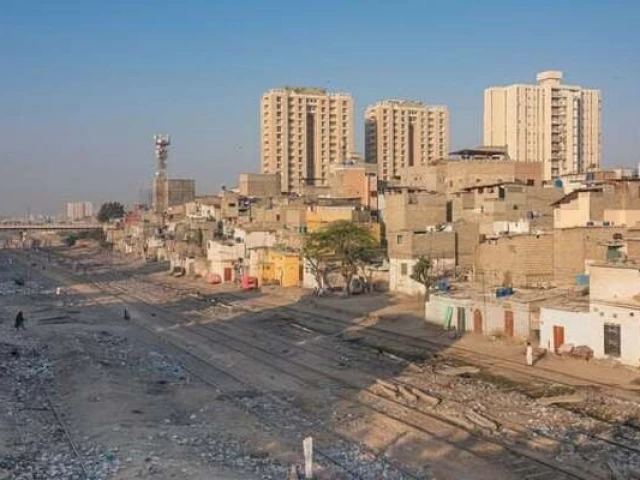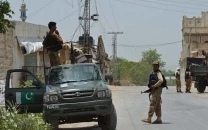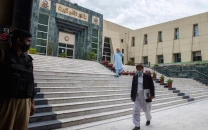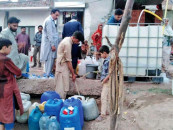Earthquake tremors felt in Karachi’s Malir
No damage, casualties reported so far

A mild earthquake was felt in parts of Karachi on Wednesday morning, causing momentary concern among residents in Malir and surrounding areas.
According to the Pakistan Meteorological Department (PMD), the tremor struck at 9:34am local time. It measured 3.2 on the Richter scale, with a depth of 10 kilometers. The epicenter was located about 7 kilometers northwest of Malir, at coordinates 24.93°N and 67.16°E.
Residents in Malir and nearby localities reported experiencing light tremors, though no damage or casualties have been reported so far. Many people briefly stepped out of their homes and offices as a precaution.
The PMD has assured that the situation is being closely monitored and emphasised that Karachi, although not located on a major fault line, remains vulnerable to mild to moderate seismic activity.
Authorities have urged citizens to remain calm and follow safety protocols during such incidents.
In June, earlier this year, Karachi was shaken by two earthquakes. The first quake’s epicenter was in DHA, while the second originated in the Malir district.
Read: 4.6-magnitude quake jolts northwestern Pakistan
The National Tsunami Centre director at the Meteorological Department, Ameer Haider Laghari, warned that the Landhi fault line was expected to remain active for a few days after the quake.
He explained that movements in underground tectonic layers were generating energy, which was gradually being released, which is what caused these recurring earthquakes.
According to the National Tsunami Center (Pakistan Meteorological Department), these tremors were not a warning sign of a major natural disaster, but rather a natural geological process, which may help balance the local fault line in the coming years.
The year’s first earthquake in Karachi was recorded on March 31, registering 4.7 magnitude with a depth of 19 kilometers. Several parts of the city felt the tremors.
Laghari assured that the Karachi earthquakes are low-intensity, and each subsequent tremor has been less intense than the previous one. He also clarified that these are not aftershocks, as such minor quakes don’t usually produce aftershocks—they are independent seismic events.
He highlighted other active fault lines in the region, including the Landhi fault line, Thana Bula Khan, and the Western Kirthar Range Plate Foundry Fault Line.
Read More: 3.6 magnitude quake jolts Quetta
As a precaution, he advised that residents of structurally weak buildings should evacuate quickly during tremors. People should avoid standing near walls and instead seek open spaces for temporary shelter.
Providing a broader context, Dr. Adnan Khan, Associate Professor and Geologist at the University of Karachi, told Express Tribune that these were minor tremors and not a cause for alarm.
He explained that Karachi is situated on a passive tectonic margin, far from any major fault line, making large, destructive earthquakes highly unlikely in the region. “These tremors are classified as mild, resulting from minor tectonic movements and stress accumulation deep within the Earth's crust,” Dr. Khan stated.
He also linked these movements indirectly to Himalayan tectonic activity, where the northward shift of the mountain range, by 4 to 5 cm annually, can generate distant tectonic pressures, occasionally manifesting as low-intensity quakes even in far-off areas like Karachi.

























COMMENTS
Comments are moderated and generally will be posted if they are on-topic and not abusive.
For more information, please see our Comments FAQ